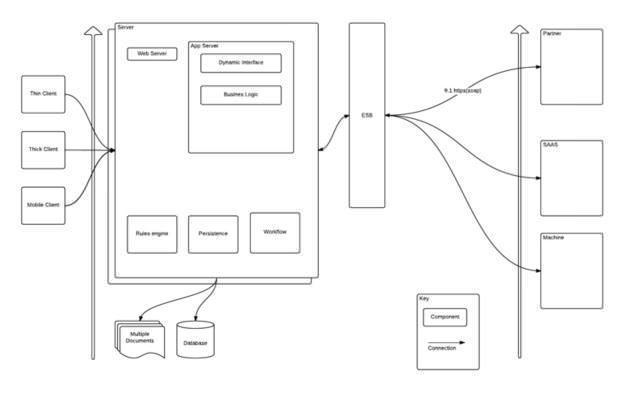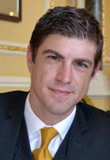Description
Technologies, platforms and frameworks are all common references in software architecture and yet they each have subtleties which distinguish them.
Definitions
Technology is the collection of tools, including machinery, modifications, arrangements and procedures used by humans. Engineering is the discipline that seeks to study and design new technologies. Technologies significantly affect human as well as other animal species’ ability to control and adapt to their natural environments. The term can either be applied generally or to specific areas: examples include construction technology, medical technology and information technology.
Platform Technology is a term for technology that enables the creation of products and processes that support present or future or past development. It establishes the long-term capabilities of research & development institutes. It can be defined as a structural or technological form from which various products can emerge without the expense of a new process/technology introduction.
Software Framework is an abstraction in which software providing generic functionality can be selectively changed by additional user-written code, thus providing application-specific software. A software framework is a universal, reusable software environment that provides particular functionality as part of a larger software platform to facilitate development of software applications, products and solutions. Software frameworks may include support programs, compilers, code libraries, tool sets, and application programming interfaces (APIs) that bring together all the different components to enable development of a project or solution.
Overview
Technology, Platforms and Frameworks is a both a capability as well as an ongoing list of components the software architect uses to deliver technology strategy.
 The software architect will deal primarily with software components which provide reusable services of some type to other components in their design. Some of these components will be built and some purchased. In addition, these components may be hosted within the software being designed and some may be hosted elsewhere, either within the organization or without.
The software architect will deal primarily with software components which provide reusable services of some type to other components in their design. Some of these components will be built and some purchased. In addition, these components may be hosted within the software being designed and some may be hosted elsewhere, either within the organization or without.
Diagram 1 displays the simple relationship.
Practices
Integration
Practices By Role
Integration
Sub-Capabilities
| Iasa Certification Level | Learning Objective |
|---|---|
| CITA- Foundation |
|
| CITA – Associate |
|
| CITA – Specialist |
|
| CITA – Professional |
|
Testing
The output of an ETL must be tested to ensure the data fulfills all of the business requirements and is of acceptable quality.
| Iasa Certification Level | Learning Objective |
|---|---|
| CITA- Foundation |
|
| CITA – Associate |
|
| CITA – Specialist |
|
| CITA – Professional |
|
Enterprise Application Integration Design
While the ETL process is about consolidating data from many sources into one, Enterprise Application Integration, or EAI, is about distributing data between two or more systems. Data exchanged using EAI is typically either transactional and/or related to an event in an executing business process, or distribution of master data
| Iasa Certification Level | Learning Objective |
|---|---|
| CITA- Foundation |
|
| CITA – Associate |
|
| CITA – Specialist |
|
| CITA – Professional |
|
Resources
Extract, Transform, Load (Wikipedia)
http://www.dataacademy.com/files/ETL-vs-ELT-White-Paper.pdf
[ref 1] http://www.enterpriseintegrationpatterns.com/
[ref 3] http://en.wikipedia.org/wiki/Comparison_of_business_integration_software
[ref 5] http://en.wikipedia.org/wiki/Advance_ship_notice
Author
Paul Preiss
CEO – Iasa Global
During his tenure at Iasa, Paul has taken it from a single user group with 50 members to an influential global organization with over 80,000 in its professional network. He orchestrated the development of dozens of chapters and leaders in over 50 countries. He brought Iasa to the forefront of the architect profession and employs staff around the world in the growth of the organization. He led the development of the Iasa Board of Education, the Certified IT Architect Professional (CITA-P), the Iasa skills curriculum and is actively working with universities, governments and other professional bodies to stabilize the profession of IT architecture.
Prior to Iasa, Paul was the Director of Engineering and Chief Architect of a large digital asset management company. His global experience stems from the time he spent in Japan as the Chief Architect in Dell Pan Asia. He has worked for some of the largest companies and on many of the largest projects ever delivered including projects for DHL, Sears, IBM, and others. Paul has a bachelor’s degree in Japanese from the University of Texas at Austin.








